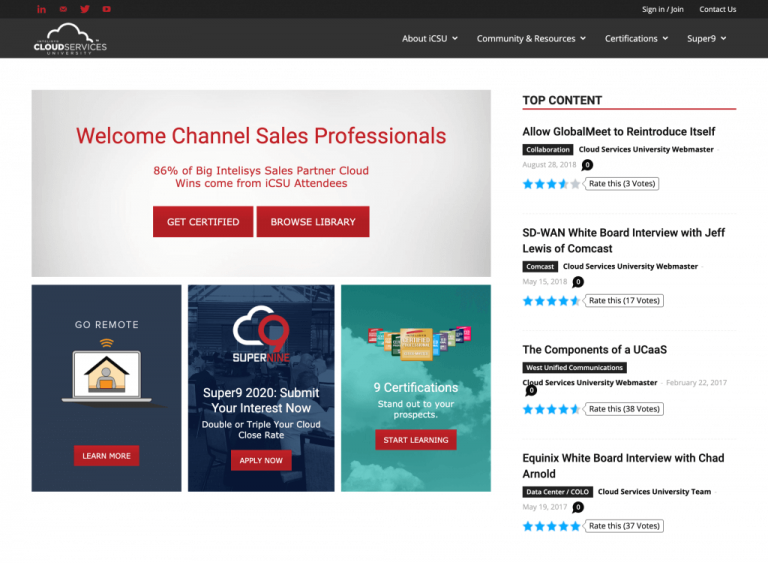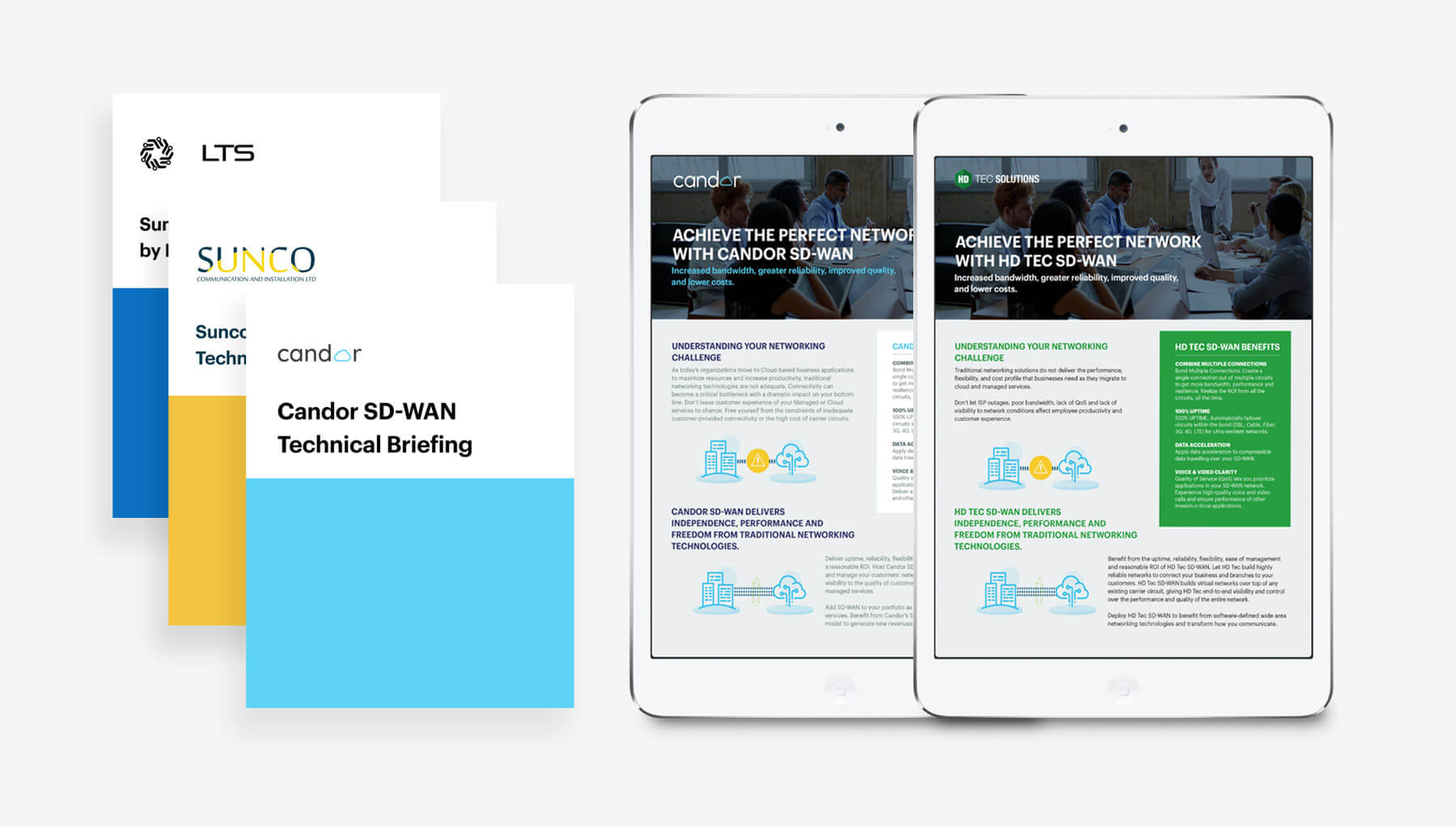Channel partners — also referred to as indirect sales, affiliate sales, or resellers — partner with you to market and sell products and handle customer relationships on behalf of your company. They provide efficient routes to market for many businesses and, in some industries like technology and CPG, they are responsible for the lion’s share of sales generated. If you’re new to channel marketing, you can learn how to build a channel partner program here)
Despite the fact that partners are effectively an extension of your sales teams, they can often be overlooked when it comes to sales enablement. Effective partner enablement is the key to successful and mutually beneficial relationships.
What is partner enablement?
Partner enablement is defined as the practice of supporting your partners with the proper training, materials, and information to execute your sales process and sell your product or service.
Sounds straightforward, right? Wrong.
Partner enablement can actually be quite manual and time-consuming, if managed incorrectly. There are several factors that complicate partner enablement including:
- Every partner has a different contract, outlining various levels of support, co-marketing, training, and so on
- Some partners sell competing products or services so organizations must be careful not to share too much to avoid competitive strategies or intellectual property accidentally falling into the wrong hands
- The variability in knowledge and skills of partners can make it difficult to deliver enablement that’s not too basic for advanced partners nor too complex for new partners
Despite these challenges, partner enablement is a worthwhile focus area for any organization with a distribution, reseller, or referral partner channel.
4 Pillars of Partner Enablement
There are four core pillars that support a partner enablement strategy including onboarding, a partner portal, sales training, and content. Let’s take a look at some of the best practices within this basic partner enablement framework that can help you build solid and fruitful partnerships.
1. Partner onboarding
Partner onboarding is a critical but underestimated process for ensuring success. As the proverb goes, “a good beginning is half the battle.”
Onboarding should begin with some discovery sessions to share basic information about the people, processes, and technologies that will support the foundation of the partnership.
This could include introductions to teams they need to work with, training on your internal and partner sales processes, and providing content and training to ensure the partner’s sales teams are armed with the knowledge, skills, and materials they need to sell your product and deliver a consistent customer experience.

2. Partner portal
A partner portal is an online application designed to give partners exclusive access to a number of sales enablement resources, such as deal registration and lead management tools, product information, organizational charts, and sales and marketing content and training.
Ultimately, a partner portal should aim to give partners everything they need to increase their productivity and sales. This in turn creates efficiencies for your business as partners can self-serve and all efforts are tracked and measurable.
If you don’t already have a partner portal for deal registration and partner relationship management (PRM), Salesforce PRM, Coveo, and Channeltivity are all great options that include partner marketing and campaign tracking features.
There are several things to consider when building your partner portal:
- Ensure a seamless user experience that provides an easy journey for the partners across all touchpoints and drives user adoption.
- Build reporting metrics to track usage and performance so you can demonstrate the value of your partner enablement efforts.
- Make it easy for partners to find what they need with clear navigation, learning paths, and links
- Balance form and function to design a site that looks nice without compromising functionality and the user experience.
Intelisys Cloud Services University — a comprehensive partner-focused Cloud Service University designed by TPM — is a great example of a well-built partner portal that addresses each of these considerations. If you’re looking to build a partner portal, read this article first.

Simple graphics and text create a visually appealing experience that enables smooth navigation for the Intelisys Cloud Services University
3. Partner sales training
Partner sales training is one of the most important parts of partner enablement and should be offered to everyone delivering your service or selling your product. This includes any representatives, franchisees, vendors, consultants, resellers, contractors, and distributors.
Partner training shows these important stakeholders that your business is investing in process to make them successful.
Because they’re not in-house employees, channel partners don’t get to benefit from in-house programs that keep the sales momentum going. As such, ongoing sales training is key to keep partners up to date on new product launches, company updates, strategic focus areas, etc.
Consider incentivizing partners to take training by offering certifications, rewards, or special pricing tiers to educated partners.
4. Partner content
Many partners don’t have the resources or skill sets to create high-value content on their own. 84% of partners do not have a dedicated marketing resource so the onus is on the vendor to provide it.
The most important content to build in support of your partner enablement efforts include typical enablement material like partner sales playbooks and product data sheets. However, the most valuable partner materials are those that can be co-branded with the partner’s own logo and contact details.
Co-branded sell sheets and lead generation material (customer-facing ebooks, guides, social content) are incredibly effective. One of the biggest perks to co-branded partner projects is that they enable companies to gain access to new audiences. Content shared to multiple partners’ networks will reach more people organically than content shared to your networks alone.
Collaboration makes for valuable partner marketing content too. For example, one partner may not have enough subject matter expertise to fill an entire eBook or webinar. But several partners’ contributions could deliver a well-rounded, solution-centric piece of partner marketing content that prospects would be happy to exchange their email address for. Learn how to create effective co-branded partner marketing content.

Building partner enablement into sales enablement strategies
The best way to ensure partner enablement success is to bring partner teams to the table when the sales, marketing, and HR teams collaborate on sales enablement efforts. Partner teams know what will resonate with their partner audiences and can offer valuable insights to help cross-functional teams keep partners in mind when they build training curricula.
Add partner content to sales enablement checklists for product marketing so partners are kept in the loop on product updates and releases. Better yet, see if your partner portal can integrate with your sales enablement tools to share relevant material back and forth.
Finally, if you don’t have resources to create separate content streams for partners, consider bringing in a third-party agency like TPM that has extensive partner and sales enablement experience.
Interested in learning more? Read our partner strategy playbook or contact our team.
Enjoyed this read?
See our full collection of Sales Enablement blogs to close more deals, faster!
